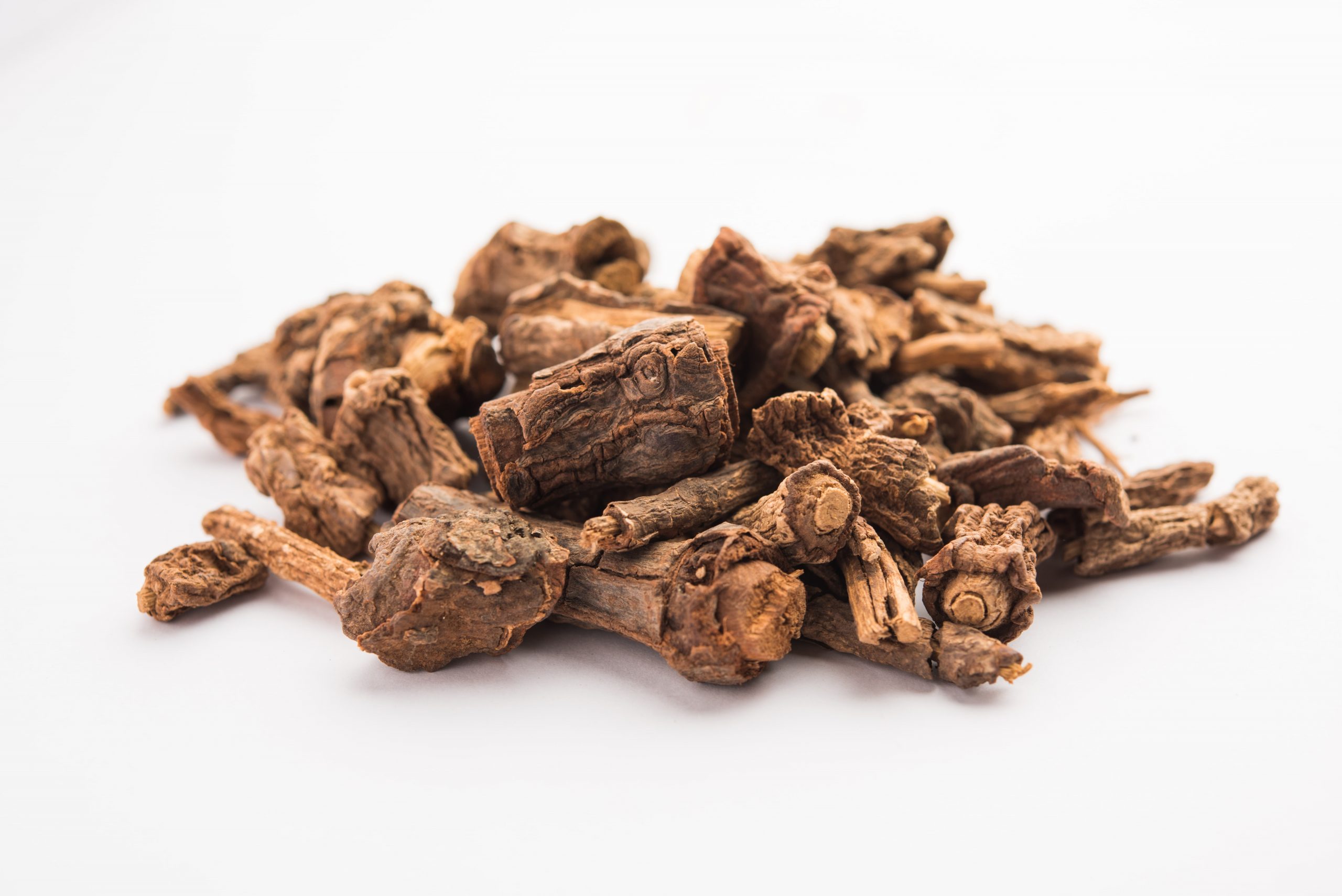Sarsaparilla naturally grows in the tropical parts of the globe. It supports itself on other trees to reach out for light. It is claimed to have some health benefits.
Sarsaparilla comes from the genus of plants called Smilax. It is only found in the deepest parts of the tropical rainforest. Countries that boast of having it in abundance are Honduras, West Indies, the Caribbean, South America, Jamaica, and Mexico. Many people have been using this herb to treat various health problems, including psoriasis. However, health experts claim that it may as well have some side effects, which you may need to consider before you use it. This article reviews the health benefits and potential side effects of Sarsaparilla in detail.
History of Sarsaparilla
While sarsaparilla exists in the deepest parts of the rainforests, indigenous people in the countries mentioned above never stopped searching for it. Why search for it that much? They believed that it has several health benefits – thanks to the roots of this plant. It is said that the roots of sarsaparilla plant can help manage joint problems like gout and arthritis and effectively treat skin disorders like eczema, psoriasis, and dermatitis. The root of sarsaparilla was also used to cure leprosy. This is because it possesses blood-purifying properties. In later years, sarsaparilla was introduced in Europe and considered as a medicine. In the United States, sarsaparilla was registered as a herb by the US Pharmacopoeia as an alternative treatment for syphilis.
Other Names for Sarsaparilla
Smilax has many species that are categorized as sarsaparilla. They include S. japicanga, S. officinalis, S. regelii, S. febrifuga, S. ornata, S. glabra, and S. aristolochiaefolia. Depending on the country where sarsaparilla comes from or language, it may be referred to by many names. These include sasaparilha, sarsa, ba qia, jupicanga, salsapareille, zarzaparilla, khao yen, smilace, liseron epineux, smilax, or saparna.
Sarsaparilla Beverage
This plant can be used to make a beverage. In fact, sarsaparilla is a name that was commonly used to refer to a soft drink that was popularly taken nearly 221 years ago. Many people by then used the drink as a beverage at home or were served in bars. To the amazement of many people, the soft drink that is thought to be from sarsaparilla was actually made from another plant called sassafras. This plant is said to have the same taste and flavor as root beer or birch beer. Sarsaparilla drink is still common in some countries of Southeast Asia. However, in the United States, it is no longer considered a beverage and is not common.
Health Benefits of Sarsaparilla
Sarsaparilla is loaded with powerful plant compounds that are thought to have beneficial effects on your health. To start with, it contains chemicals called saponins. They are thought to help reduce the itchiness of the skin, joint pain and kill bacteria. Sarsaparilla also contains additional chemicals that are said to reduce inflammation and protect your liver from oxidative damages. However, the studies that support these claims should be considered very old and nearly becoming obsolete. The studies that back health benefits stated below were only proven on mice or used a single active chemical in the plant.
May Treat Psoriasis
The claims that the roots of sarsaparilla plant can treat psoriasis were recorded several decades ago. One study published by the National Institutes of Health indicated that the root extracts of sarsaparilla could significantly improve skin lesions in people with psoriasis. Researchers concluded that sarsaponin, which is an active ingredient in this plant could bind to endotoxins that are associated with lesions in patients with psoriasis and eliminate them from the body.
Arthritis
Arthritis is a common joint problem affecting millions of people worldwide. It is characterized by joint stiffness, pain, and immobility. It is said that sarsaparilla possesses anti-inflammatory properties. For that reason, it can be used to manage inflammatory diseases like rheumatoid arthritis as well as gout that causes swelling and pain in weight-bearing joints.
Syphilis
There are several sexually transmitted diseases, and syphilis is one of them. Both syphilis and leprosy are caused by bacteria. Sarsaparilla is thought to produce effects that can kill harmful bacteria that may invade your body. While it cannot be as effective as current modern antimicrobials and antifungals, it has been used for a very long time to treat syphilis and leprosy. With regard to antibacterial properties, recent studies have shown that it contains more than 60 different phenolic compounds. Out of these, 18 phenolic compounds were found to be active against bacteria and one compound active against fungus.
Cancer
Cancer is one of the leading causes of global fatalities. How ever much scientists spend sleepless nights trying to invent new ways of managing it, cancer still claims many lives. Uncontrolled growth cells characterize it. Fortunately, studies suggest that sarsaparilla possesses anticancer properties active against certain types of cancer. For instance, it may inhibit the growth and spread of breast tumors and liver cancer cells. However, more studies should be done to attest to these claims.
Can Protect the Liver
Sarsaparilla has also been said to help protect the liver. Evidence suggest that it contains flavonoids and other compounds which can protect the liver and improve its functions.
Side Effects of Sarsaparilla
Plainly speaking, there is no recorded side effect of using sarsaparilla. However, experts say that an excess consumption of saponins may lead to stomach irritation. It is worth mentioning that herbs and supplements are not regulated by the United States Food and Drug Administration (FDA), and they are not passed through test to confirm their efficacy and effectiveness. Additionally, you may want to talk to your doctor before you take certain medications because sarsaparilla may interact with them. Additionally, sarsaparilla is sold as a supplement that is said to provide anabolic steroids. However, these are false claims as the plant has never been shown to have these effects.
Conclusion
Sarsaparilla is an old herb that is used to treat psoriasis, syphilis, and arthritis. This is because it contains some chemicals like saponins which have anti-inflammatory and antibacterial effects. Depending on its country of origin and language, sarsaparilla may have different names like japicanga and sarsa.
Credits
We would like to thank the below contributors who have helped us to write this article:
- FDC – Giejo Magazine Article - July 29, 2023
- MoriMa Tea the – Chinese tea culture - April 26, 2023
- Missionary Position – Least Likely To Bring You To Climax - April 7, 2023









